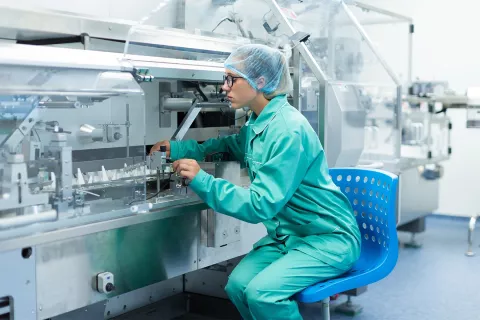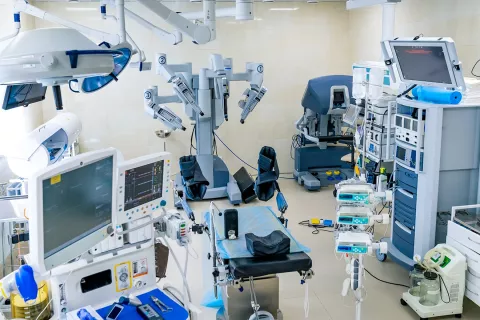As we all know, to place an In Vitro Diagnostic (IVD) device in the European Union (EU) market, manufacturers must abide by the EU IVD Regulations (EU IVDR) 2017/746. One of the key requirements of the IVDR cycle is performance evaluation. The objective of performance evaluation is to demonstrate that the IVD is safe and effective to use, and at the same time, it is aligned with its intended use. The performance evaluation of in the IVD begins with the devising of a Performance Evaluation Plan (PEP).
The PEP provides a structural framework for the entire performance evaluation process. However, devising the PEP can be complex and challenging, and given the vitality of the role, it is important to formulate a well-established, high-quality document. Annex VIII of the EU IVDR 2017/746 lays out detailed requirements for designing a PEP. The following points outline the ideal way to approach the PEP designing process:
- Establishing the Intended Use and Performance Characteristics: This is the very first and often-overlooked step to determining and defining the intended use of a device. You should include detailed pointers such as specific disorders, conditions, or risk factors of interest that the device is intended to detect.
- Determining Performance Characteristics: Once you have established the intended use, the immediate next step is to identify the performance characteristics of the device. You need to include the basis of specifications on which the performance of the device will be determined. These include parameters such as sensitivity, specificity, accuracy, trueness, repeatability, reproducibility, limits of detection, and quantitation for both analytical and clinical performance.
- Determining Clinical Evidence Requirements: Based on the intended use and performance characteristics, you need to determine the clinical evidence requirements of the device. This includes an evaluation of the type of clinical studies required for the demonstration of the safety and performance of the device.
- Defining the Phases: You should provide an overview of each of the different development phases along with the sequence and methods that will be used for determining scientific, analytical, and clinical performance. You also need to include a synopsis of the key stages in the process and the potential acceptance criteria.
Updating the PEP: Based on the study results, you may need to update the PEP to reflect any new information or changes to the intended use or performance characteristics of the device. This may involve revising study protocols, updating clinical evidence requirements, or modifying the PEP overall.
The PEP serves as a roadmap for the entire performance evaluation process and helps ensure that IVDs are safe and effective for their intended use. Devising a well-structured and comprehensive PEP is critical for the successful evaluation and Regulatory approval of IVDs in the EU market.
Freyr, with over a decade of Regulatory expertise, will assist you in devising and establishing a performance evaluation plan. Schedule a meeting with us to know more about our IVD Regulatory services. Stay informed! Stay compliant!










